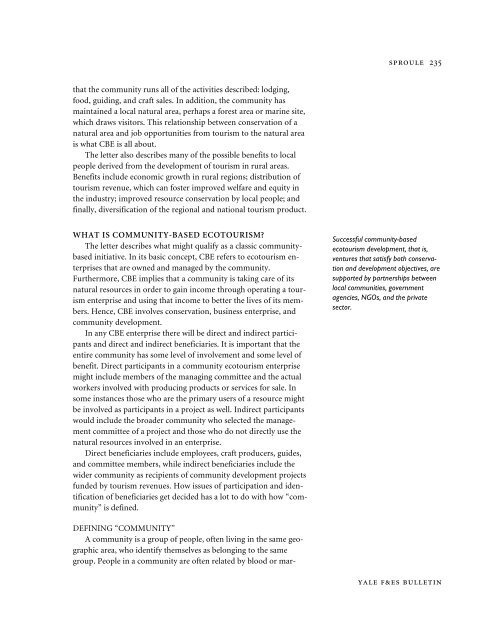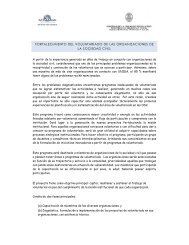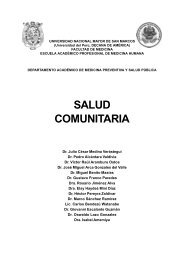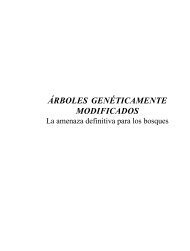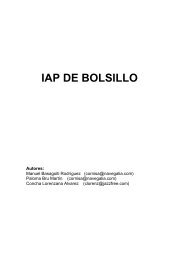Community-Based Ecotourism Development - Yale University
Community-Based Ecotourism Development - Yale University
Community-Based Ecotourism Development - Yale University
You also want an ePaper? Increase the reach of your titles
YUMPU automatically turns print PDFs into web optimized ePapers that Google loves.
SPROULE 235<br />
that the community runs all of the activities described: lodging,<br />
food, guiding, and craft sales. In addition, the community has<br />
maintained a local natural area, perhaps a forest area or marine site,<br />
which draws visitors. This relationship between conservation of a<br />
natural area and job opportunities from tourism to the natural area<br />
is what CBE is all about.<br />
The letter also describes many of the possible benefits to local<br />
people derived from the development of tourism in rural areas.<br />
Benefits include economic growth in rural regions; distribution of<br />
tourism revenue, which can foster improved welfare and equity in<br />
the industry; improved resource conservation by local people; and<br />
finally, diversification of the regional and national tourism product.<br />
WHAT IS COMMUNITY-BASED ECOTOURISM<br />
The letter describes what might qualify as a classic communitybased<br />
initiative. In its basic concept, CBE refers to ecotourism enterprises<br />
that are owned and managed by the community.<br />
Furthermore, CBE implies that a community is taking care of its<br />
natural resources in order to gain income through operating a tourism<br />
enterprise and using that income to better the lives of its members.<br />
Hence, CBE involves conservation, business enterprise, and<br />
community development.<br />
In any CBE enterprise there will be direct and indirect participants<br />
and direct and indirect beneficiaries. It is important that the<br />
entire community has some level of involvement and some level of<br />
benefit. Direct participants in a community ecotourism enterprise<br />
might include members of the managing committee and the actual<br />
workers involved with producing products or services for sale. In<br />
some instances those who are the primary users of a resource might<br />
be involved as participants in a project as well. Indirect participants<br />
would include the broader community who selected the management<br />
committee of a project and those who do not directly use the<br />
natural resources involved in an enterprise.<br />
Direct beneficiaries include employees, craft producers, guides,<br />
and committee members, while indirect beneficiaries include the<br />
wider community as recipients of community development projects<br />
funded by tourism revenues. How issues of participation and identification<br />
of beneficiaries get decided has a lot to do with how “community”<br />
is defined.<br />
Successful community-based<br />
ecotourism development, that is,<br />
ventures that satisfy both conservation<br />
and development objectives, are<br />
supported by partnerships between<br />
local communities, government<br />
agencies, NGOs, and the private<br />
sector.<br />
DEFINING “COMMUNITY”<br />
A community is a group of people, often living in the same geographic<br />
area, who identify themselves as belonging to the same<br />
group. People in a community are often related by blood or mar-<br />
YALE F&ES BULLETIN


